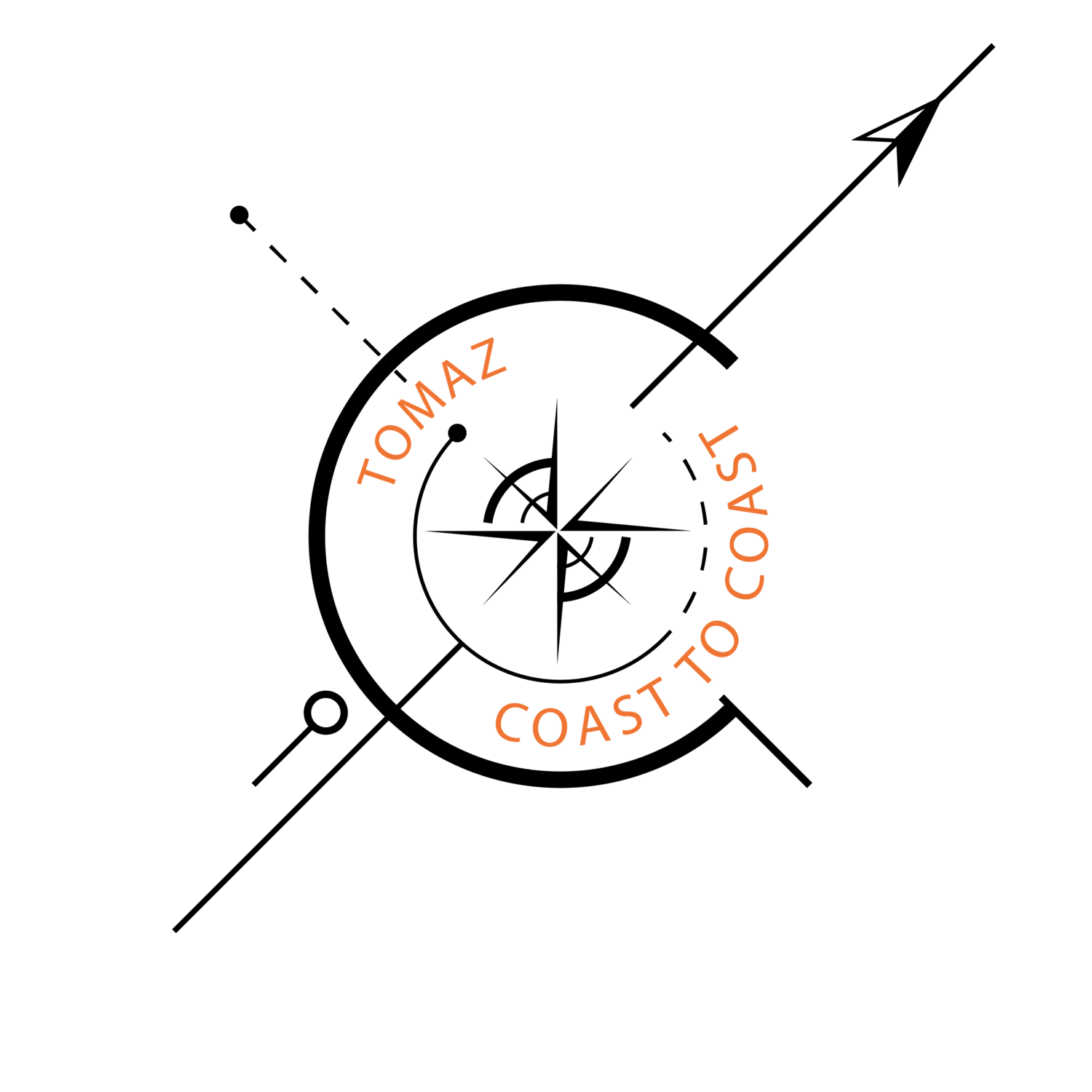RV Water Damage DIY
When searching for our first RV we were complete noobs at the process. We really didn’t know anything about what we needed to know other than that obvious water damage would be bad. We’ve come to see that it doesn’t really matter what age the camper is, they will all most likely have some form of water damage it’s just a matter of how extensive.
Our first camper DeLorean is a 2010 Keystone passport. She seems ideal, other than being aesthetically ugly she had great bones to work with. However, when we open up the floor to install the new floor, we found a black hole of black mold. It was intense & immediately you could feel the headache coming on. When trying to figure out what to do, we reached out to our friend who renovates boats. He recommended the product RMR 86, it’s what they use on boats as they are constantly wet, and mold grows so quickly.
This product is ah-mazing! I sprayed it the first time and you watch it pull out any mold shrinking the spot into a smaller area! We sprayed twice a day for ten days, until the wood no longer had any visible mold and you could sweep out the remaining mold. So impressive! It was when this happened, that we realized “WOW! We can go a bit older in a camper!” For us, we know we are going to gut it down and completely renovate so why spend more money when it doesn’t change anything for us?!
Really you are buying a tin can, so you have to find the balance of what works for you. Older campers much like cars are made better to some degree, they last longer, however, they could be heavier. Our DeLorean Is a 2010 but heat blows right out of her walls. Louise who is a 1991 is the warmest camper even with just a space heater she is WARM!
Onto our next water damage and you can see the YouTube video for how we fixed the water spots.
For Thelma, we knew she had some water damage. She was a mildly suspicious purchase. We bought Thelma at a motel… and it was questionable in general. Once we got her home, we realized some spots on her floor were sinking, the walls were bubbling, and it was going to be a process. Being honest we were hesitant to start. Did we take on too much? So, we started gutting, removing walls, cabinets, flooring. Exposing everything we could. See the bottom for how far down we gutted her. Then we started pulling out floor, walls and insulation. You want to expose all of the rot and mold and get rid of it. Keep going until you have clean margins. The floor was bad, but we had that covered.
The walls. The walls however, made black mold look weak. There was an alien mold form growing in the walls and ceiling. Holy freaking mold. We sprayed RMR 86 everywhere we could see. Over and Over. Then we used a shop vac to suck out all of the mold and debris. We have an ozone cleaner as well that we plugged in the camper to suck out the odor and any particles that are in the air. You have to be careful with the mold and wear a mask and truly over spray as much as you can.
Once everything is cleared out, you seal the roof. This is what we did not do, and we started rebuilding inside before we fixed the roof. Big NO NO! All RVs need to be re-sealed every six months or so because the seams of the camper vibrate & move when towing so they need to be checked. Flex seal tape is great for across the seams and flex seal caulking around everything on the roof, the AC, the antenna, all of it. We live in New England, so the fluctuations on the RV are hard. We ended up using Flex Seal paint and painting over the entire roof and then using the caulking around the A/C. An “RV Hack” if you have a leak in the ceiling by the A/C tighten the bolts on the unit. Just pop off the cover and tighten the bolts and that will apply pressure to the gasket inside the A/C and stop the leak. This is very common if there is snow or ice on the roof. We figured this out after we have installed a new ceiling and lights. The learning curve is steep.
With the floor you need to brace the plywood, using PT to keep the mold factor down. For more DIY tips and tricks check out our YouTube and you can see how we fixed the flooring inside our recent camper.
